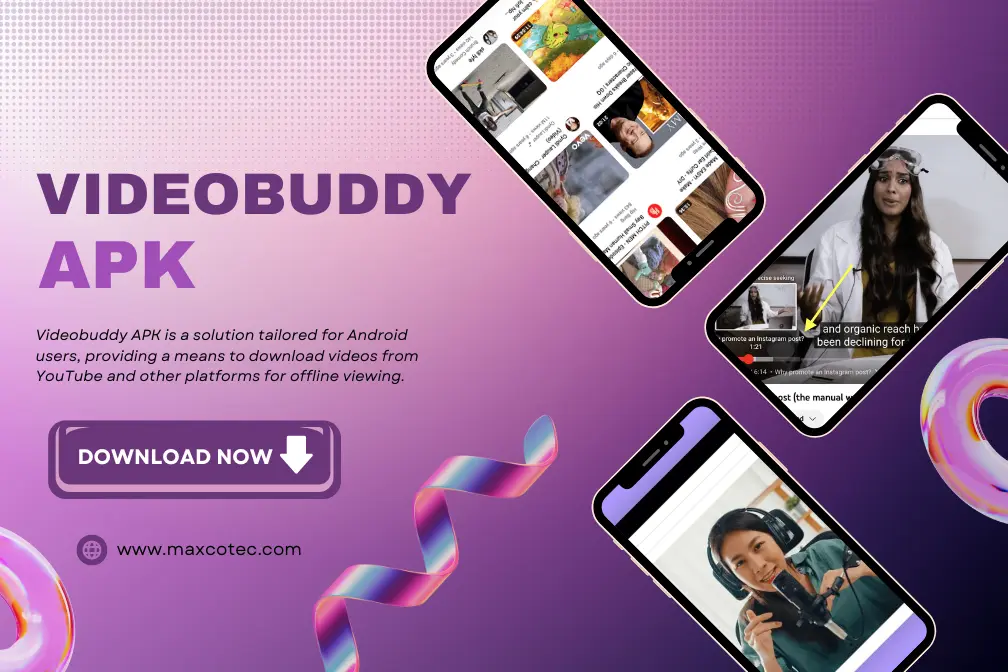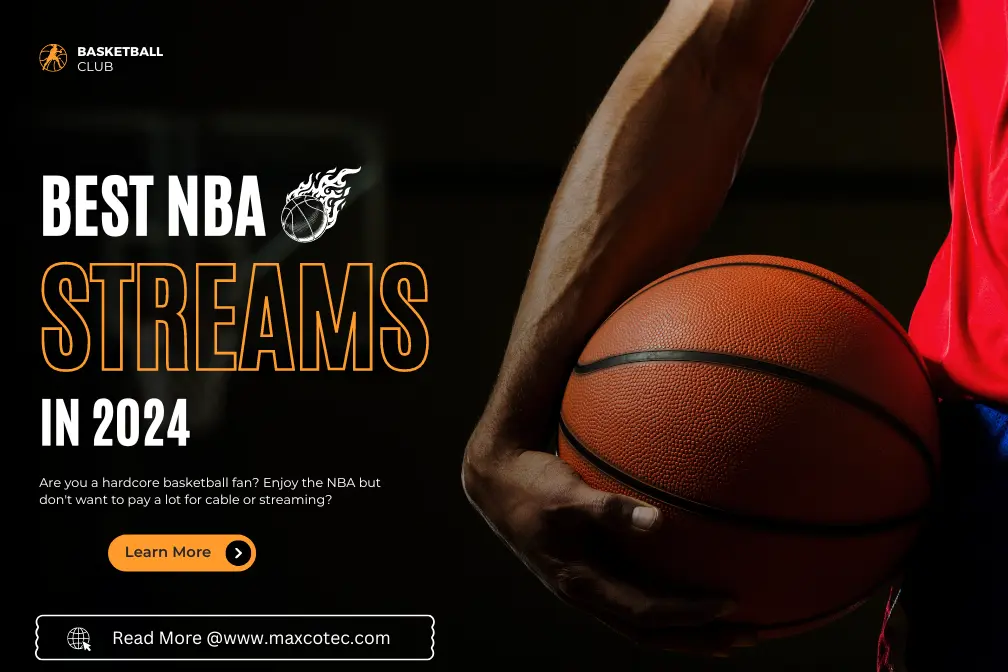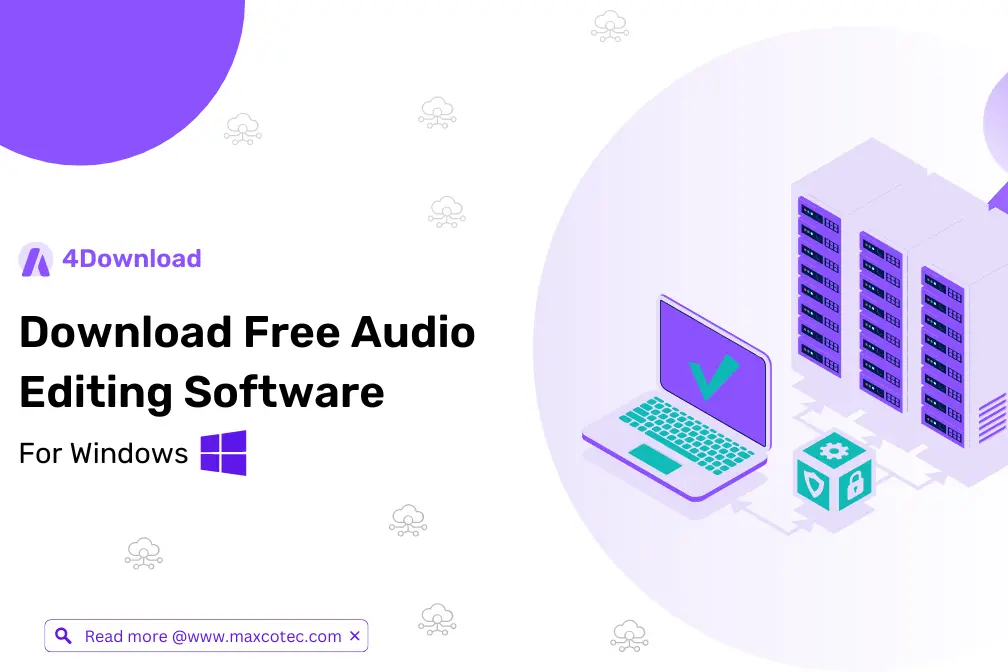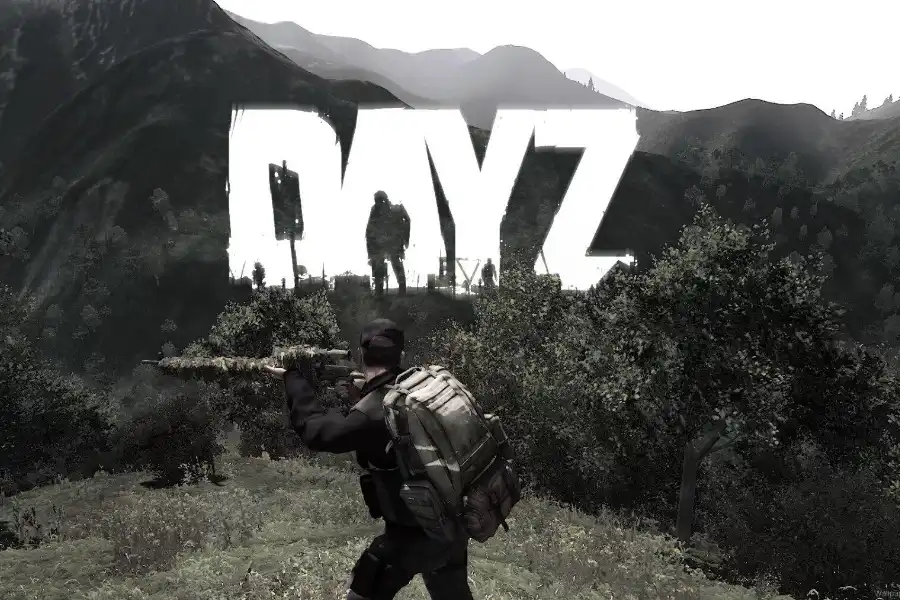Key Takeaways
- DAOs are community-led entities with no central leader.
- Advantages of DAOs include transparency, decentralization, and automation.
- Disadvantages of DAOs include the technology’s infancy and possible security vulnerabilities.
- There are many different types of DAOs, including Media DAOs, Social DAOs, and Collector DAOs.
- Popular existing DAO platforms include Decentraland, MakerDAO, AragonDAO, and Uniswap.
- DAO crypto shows enormous potential for the future of organizations by making them member-led.
By now, you have likely already heard of Blockchain, cryptocurrencies, NFTs, and how they can all revolutionize the way we live.
Another important piece of the Blockchain puzzle is DAOs. With the popularity of NFTs starting to slow down a bit, more and more people are starting to wonder what is DAO. Read this introduction to DAOs guide to find out everything you need you now.
Introduction to DAOs
“DAO” stands for Decentralized Autonomous Organization and it is exactly what it sounds like. It’s a group of people that come together to achieve a shared goal without a central governing authority. So, all members have equal control and they make decisions together.
Let’s take an example of a centralized social media platform called Facebook, illustrated on the left side of the picture below;

Key points in centralized organization like Facebook (by Meta) is that you do not own your data. Instead you are simply uploading your personal data into their database. This makes them fully in-charge of your data, leaving you uncertain about when your pictures uploaded to Facebook may get deleted. People owning Facebook decides what features to add or delete from the platform.
Whereas a decentralized organization (illustrated on the right side), everyone can take part in its building blocks by contributing feature inside blockchain. Each new feature is automated by signing and approving smart contracts within blockchain.
Members in a DAO buy digital assets (in the form of NFTs) by purchasing a token specifically for the DAO that they want to participate in. For example people use token called MANA to trade lands inside a famous DAO decentraland. These groups often include people from around the world that usually interact on Discord.
What does a DAO do?
Every DAO that exists on the internet has a different purpose. From small projects to large-scale ones, DAOs can play a role in any industry.
For example, ConsititutionDAO was formed in hopes of buying one of the original copies of the U.S. Constitution last year from Sotheby’s.
Another DAO with a much bigger goal is MantraDAO. It is a community-run finance platform that allows people to buy, sell, and stake their crypto assets.
How does a DAO work?
Now that you have got good idea on the introduction to DAOs, it’s time to understand how it works. For this purpose, we will divide this section into two parts to make it easier to understand:
The autonomous level
On an autonomous level, DAOs basically allow organizations to work together seamlessly. They do so by using smart contracts.
These smart contracts contain agreement terms and conditions which organizations have to follow. A good example of a smart contract can be seen in picture below where a user y owns an asset x, which he later wants to put on sale. This user writes a custom smart contract for this item as, whenever this asset is sold to anyone in the future, the original owner of the asset gets 20% of the sale price as royalty. This smart contract then gets persisted in one of the block (block 57) inside the blockchain.

With the combinations of all such smart contracts, an organisation pillars are made which defines the rules and regulations of how the platform will work. These rules defined inside smart contracts help automate justice and fairness among all users using this DAO platform.
In order to approve a smart contract that defines the rules for organisation, it must go through voting process. Here, members submit proposals for the goals an organization can work towards, and every individual gets to vote. If this new set of rules win the majority, it then gets persisted into blockchain.
Since every member is part of the process, this makes DAO not only self-governing but also an extremely inclusive technology.
The human level
At the human level, DAOs are similar to traditional organizations. Different members are appointed on different roles all contributor, again by voting through smart contracts. Similarly a user can also be dropped from his/her role with the majority voting of other peoples.
Types of DAOs
There are over 100 DAOs today with assets worth more than $10 billion collectively. Since there are so many of them, we classify DAOs by their purpose. Here are a few common types:

Gaming DAOs
The P2E (Play to earn) industry has grown rapidly over the past few years. This gaming model is attractive for players simply because they are motivated to earn money directly into their digital wallet. It also benefits developers from each transaction made with its tokens and NFTS – all without any intermediary taking a cut of the profits. Some of the famous P2E games are playDapp, Kittyinu, axieinfinity and bombcrypto
Collector DAOs
NFTs are very expensive and not many people can afford them. Hence, we have collector DAOs serving as an alternative. They allow people to buy assets, and own them together.
Investment DAOs
Investment DAOs are community-run investment firms. Consequently, these organizations provide a way for businesses and startups to raise money.
Social DAOs
Social DAOs are simply social groups based on the blockchain. Its concept is largely the same as exclusive membership clubs except that these are online and controlled by smart contracts.
Protocol DAOs
When a new token launches, it is expected that its supply power belongs solely to the person who launched it.
However, this is unfair and goes against the core idea of DAOs and the blockchain.
This is where Protocol DAOs come in. They allow the transfer of power from a single person or core team to the people. In Protocol DAOs, members can vote on how to distribute the tokens fairly.
Service DAOs
Service DAOs provide services, such as graphic design, copywriting, etc. They provide a way for creators to work with customers and earn money. Through smart contracts, the buyer and seller are able to carry out trusted transactions.
Examples of Existing DAOs
Decentraland (MANA)

A decentralized metaverse DAO with virtual destination for digital assets. Users can Buy and sell LAND, Estates, Avatar wearables and names in the Decentraland Marketplace using their own token called MANA cryptocurrency.
AragonDAO (ANT)
Founded in 2015, this is one of the earliest DAOs. AragonDAO gives people a place to create decentralized autonomous organizations (DAOs) and run them. Subsequently, the platform currently supports over 1500 DAOs. Members of AragonDAO can vote for or against proposals for any new updates in the system.
MetaverseDAO (MDAO)
MetaverseDAO is a Farm-as-a-Service project that operates on the Ethereum Chain. The project is designed in a way that allows users to passively earn yield in the form of reflections from a token tax that will also fund the project’s treasury wallet, which is then used to generate yield across different blockchains. One of their fundamental mechanism is the governance, thats designed to record everything that happens in the DAO. This task falls to the blockchain, where all the information is stored to be accessed publicly and guarantee its security.

Maker DAO (MKR)
MakerDAO is one of the first Ethereum-based DAOs. It allows the issuance and distribution of DAI, a stablecoin. Recently, MakerDAO has been making big leaps and is welcoming projects with real-world value like revenue-based loans and agricultural real estate.
Babylon DAO (BBY)
Babylon dao is one of the most popular community-owned finance DAOs offering bonding, staking, and token swaps. It lets members exchange tokens without paying any platform fees or dealing with intermediaries.
How to Create a Decentralized Autonomous Organization (DAO)
Fundamentals
Before creating a DAO, you need to clearly define every member’s role in the organization. These roles usually include:
- Developers
- Token holders
- Curators
- Community managers
- Financial managers
Creating Smart Contracts
After assigning roles to the relevant people, the next step is to bring the idea to life by creating smart contracts. Here, developers choose a blockchain of choice. For example, to write a smart contract on Etherium, you’ll need a device that uses protocols for Etherium mining. An online such service is also available called MyEtherWallet which is a client side interface for Etherium development and management. Next you’ll need to learn Solidity which is a programming language used to write smart contacts. This language can directly communicate with Etherium virtual machine.
Funding
Usually it doesn’t cost to write a smart contract, but you’ll have to pay the Gas fee for submitting the contract into the blockchain. The gas fee varies depending on time-of-deployment and size of smart contract. It normally ranges from $200 to $400 for Etherium. You can also raise fundings for your new DAO. If your idea is unique and attracts people, then definitely it has potential of crowd funding. Usually, to raise capitals, members sell tokens. You can also gather members and participants to collect funds.
Deploying
The final step is to bring the smart contracts into action by deploying it into the blockchain.
It is important to note here that problems can arise when you first run the code. This could be anything from small bugs to security issues that leave your system vulnerable to cybercrimes. Developers use additional tools to help deploy their code into blockchain easily. One of the most famous one is Embark , which allows you to build, test and deploy your smart contract into blockchain. Another one on the list is Alchemy.
To develop and deploy your own DAO on Aragon platform, follow this and this step-by-step guide
Pros and Cons of DAOs
Pros
Transparency
One of the biggest benefits of DAOs is their transparency. All transactions and decisions that occur within a DAO are recorded on a blockchain. This means anyone can check it out.
This is important because people feel more comfortable collaborating with each other, giving birth to creative projects. They know what is involved from the get-go and it eliminates the risk of fraud, giving people peace of mind.
Democracy
As mentioned earlier, members of a DAO can make decisions through voting. Therefore, a decision cannot be approved without collecting over 50% of the votes, making DAOs extremely fair and inclusive.
Autonomy and Decentralization
DAOs attempt to make organizations autonomous.
This means that organizations don’t have to rely on one specific person to be able to make decisions. This is possible thanks to smart contracts that allow people to make the final call without needing the approval of a single leader.
Cons
Lack of Legal Representatives
DAOs are pretty limited in their capacity. This is largely because of the lack of laws surrounding them, at the moment. Since the concept is new, there is no legal representative for it. For instance, DAOs cannot be a part of real estate ownerships nor can they be part of official contracts.
Too Technologically Dependent
DAOs are run by smart contracts which means that you are basically trusting a piece of code to run an entire organization.
There is a risk that the code may break down at any moment. Or it may be that some security vulnerabilities occur. In that case, the whole DAO is at risk.
While blockchain is made to be extremely secure, that still doesn’t eliminate the risk of security breaches completely.
How can you get involved in DAOs and add value?
To add value to the DAO space, you don’t need to be a nerdy dev. You can simply come as you are. Here is how you can get yourself involved into the introduce yourself to DAOs community
- Create a Twitter and a Discord account: This will provide a way for you to connect with like-minded communities and build a network around you. You can share your personal DAO projects with the people within these communities too.
- Join a few different types of DAO Discords: There are many different types of DAOs and there are communities for each. You should join a space that interests you.
- Introduce yourself: There is a #introductions hashtag space in Discord. Say Hello to everyone.
- Attend meetings: Most discords have a calendar that shows a list of meetings for the week. Try and attend some of these meetings. These meetings can also serve as a great way to introduce yourself to the community.
- Reach out to active members for a one-on-one: Send active members a DM and spend some time chatting and asking for advice. You will find many helpful people in the DAO and crypto community.
Is DAO the future?
Many powerful projects came into being with the emergence of the decentralized space. DAOs show a lot of potential because, in contrast to NFTs, they can be virtually anything. They can be a project to buy something valuable, an asset, or simply a way to make loads of money.
The applications of DAOs are growing quickly. We will likely see more organizations forming as DAOs, opening doors for exciting solutions that create value.
How DAOs can change our organizations
Organizational structure has seen little to no meaningful growth since the last few centuries. In fact, corporations nowadays are largely following the same organizational model as they were in the 1600s.
DAOs are changing this. While they are not without their challenges, DAOs have the potential to innovate and improve our traditional organizational model massively.
This is because DAOs were created with the “people” in mind. Its creators focused on transparency and giving power to the user – two aspects that are crucial to ensuring that the interest of every member of an organization is taken into account before making a decision.
Critics of DAO remain wary of relying too much on technology. However, being augmented by machines does not entirely remove humans from the equation. The type of decentralization that is possible due to DAOs can create long-term shared value amongst workers of an organization.
Many structural changes can happen with DAOs. For example, organizations can open up voting for decision-making to each department of the company. Furthermore, they can also include their customers in the feedback loop by opening up the voting to the crowd.
Not only that, but workers of an organization can also submit proposals on how they think the organization should be run. A process of voting can then be carried out that would reach a consensus.
The Bottom Line
Hopefully, this introduction to DAOs guide has provided you with a clear picture of what DAO is and how it works.
For DAO, it’s still the early days. But the technology shows enough promise for you to keep an eye out for it as it matures, refines, and finds new uses.
Plus, with so many existing social issues, it only makes sense to embrace this game-changing technology.
Related:






